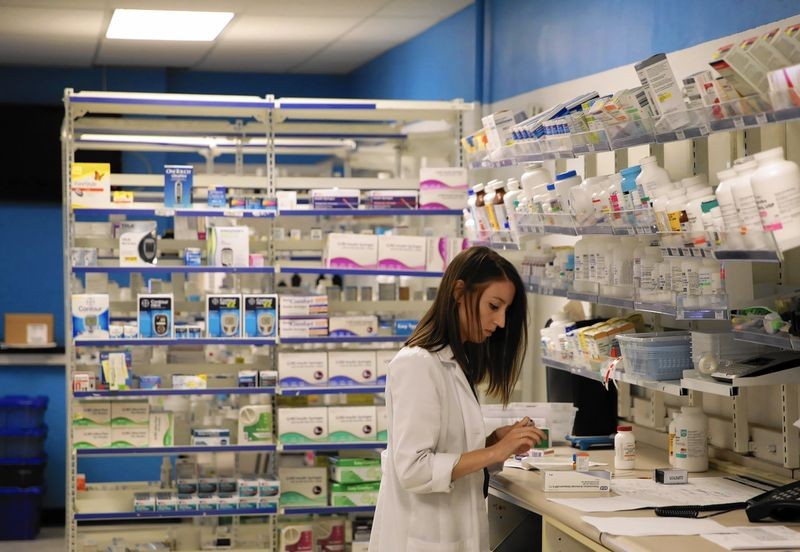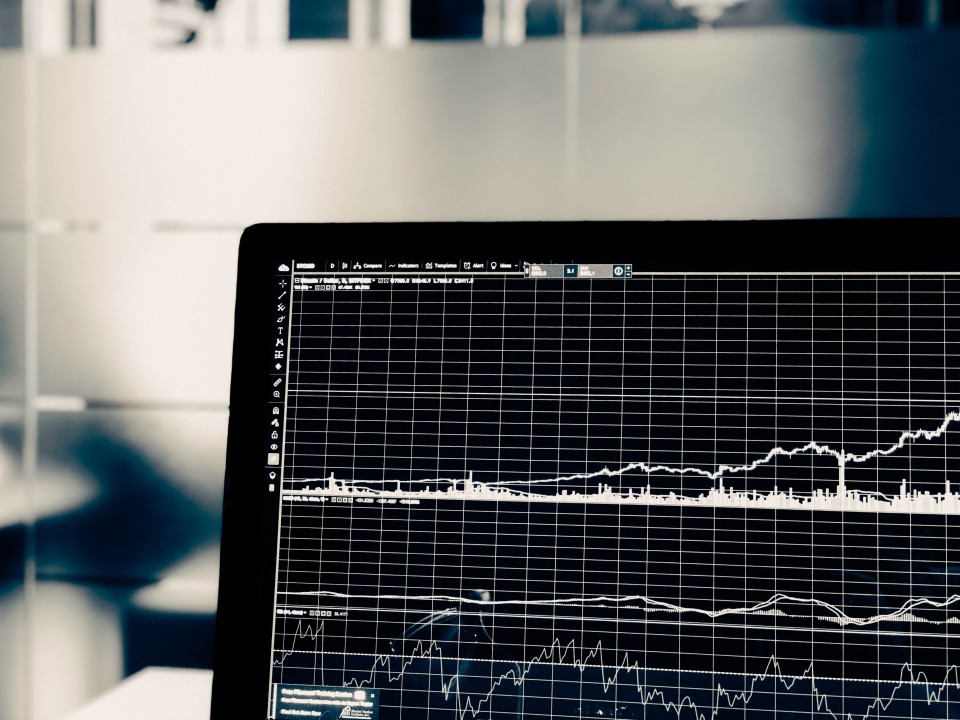
The pandemic shone light on the burdens pharmacists’ face, but if we zoom out, we can understand how COVID was just a milestone on a more than 30-year timeline of industry evolution characterized by historic M&A.
Pharmacy’s New Era
Pharmacists’ roles and responsibilities have changed enormously over the past several decades, an evolution that shifted into overdrive over the past two-plus years beginning with the emergence of the pandemic.
Pharmacists were at the heart of making sure COVID-19 vaccine administration – one of the most gargantuan efforts in the history of public health – was successful. And shortly after the vaccine rollout came a mass, industry-agnostic resignation, forcing still-employed pharmacists to do more work with fewer resources. Overworked and burnt out pharmacists’ ability to provide quality patient care suffered.
And while the pandemic highlighted the importance of pharmacists and shone light on the new burdens they faced, if we zoom out, we can understand how COVID was not the beginning of this current period of upheaval. Rather, it’s a milestone on a more than 30-year timeline illustrating significant industry evolution characterized by historic M&A.
This Washington Post article parcels the modern history of pharmacy industry M&A into three waves, the most recent wave beginning around 2010. While each period possesses unique characteristics, the consensus about the impact of M&A on pharmacists is uniform: it’s made their day-to-day more complicated and taken away from their ability to counsel patients. The pandemic was the straw that broke the camel’s back.
M&A
Companies in the same vertical reap a multitude of benefits from merging, most notably, combining entities increases market share and power, as well as revenue. Due to industry M&A, 10 U.S. pharmacies account for roughly 60% of the market, and the top 15 pharmacies account for nearly 77% of total dispensing revenues. Consolidation also increases synergies and broadens portfolios. We’ve seen many examples of this over the past five years, including: Amazon’s acquisition of PillPack – Purchasing the online pharmacy filled a gap in offerings for the retail behemoth and brought it closer to being a one-stop shop for consumers CVS Health’s acquisition of Aetna – According to the retail pharmacy, it merged with the insurer “to help remove barriers to high quality care and build lasting relationships with consumers, making it easier for consumers to access the information, resources and services they need…” Cigna’s merger with Express Scripts – Similar to the CVS Health/Aetna deal, the insurer combined with the pharmacy benefits manager to lower costs and drive optimal outcomes UnitedHealth’s OptumRx acquires Diplomat Pharmacy – The insurer announced it was purchasing the specialty pharmacy, one of the largest of its kind, in 2019 Most pharmacy M&A activity has involved household names, and while all of the aforementioned deals positioned themselves as consumer-centric, we must be mindful that competition, not consolidation, benefits the consumer.
New Market Entrants
The pandemic – when services like delivery that were once considered luxuries became necessity – accelerated consumer expectation and demand for convenience, and pharmacy newcomers capitalized on the new environment.
Digital startups Ro Pharmacy and Capsule go beyond cutting costs by bringing prescriptions to consumers’ doorsteps. MavenRx partners with specialty pharmacies to provide its members traditionally expensive fertility medications at up to a 60% discount and offers free shipping.
Something all three industry disruptors are doing differently? Targeting a younger demographic, meaning brick and mortar pharmacies need to find ways to maintain customer loyalty, avoid leakage and drive sales.
Another significant disadvantage traditional pharmacies face is managing physical inventory. Accurately forecasting, ordering and shipping product between stores to ensure that shelves are adequately – but not overly – stocked is time and labor-intensive.
In an industry rife with innovation, pharmacies that fail to innovate to keep pace with the mounting competition will fail.
The top 4 pharmacy companies in 2015 earned two-thirds of all pharmacy-dispensed specialty drug revenue, and these mergers and partnerships continue today.
Succeeding in the New Environment
Savvy pharmacies understand that change is necessary to remain viable, yet making meaningful progress is easier said than done, especially in healthcare, an industry that’s famously slow to adapt. The adage “a journey of a thousand miles begins with a single step” applies, and those eager to begin should consider the following two strategies:
- Exploring new service offerings and revenue streams: While new market entrants are focused on millennials and Gen Z, brick and mortar pharmacies should consider how they can best support the country’s aging population. The number of U.S. seniors will balloon to 80 million in less than 20 years, equating to 1 in every 5 Americans being 65-years-old or older by 2040. This population is more likely to take multiple medications and seek information about their healthcare from longstanding, reputable sources. Given the success of COVID testing and vaccine distribution by pharmacies, pharmacies should also consider expanding in-store testing for common ailments and in-demand vaccines, including ones required by schools to admit students. Other revenue streams to consider pursuing are pharmacist-led classes and specified diabetes care.
- Reimagining day-to-day operations: Reevaluating how the pharmacy is run – from the processes in place to the systems in use – is necessary to make impactful change. The best, most worthwhile available technologies will streamline and automate operations, relieving pharmacy staff from administrative burdens.
Taking Action
Rethinking processes and workflows and reevaluating existing tech is a necessary step in helping free up pharmacists’ time to prioritize patients.
Today’s pharmacies face a myriad of challenges that hinder their mission of helping patients. We offer a suite of tools to lighten workloads, empower staff, and enable pharmacists to work at the top of their license. One of our newest products, Guardian, intelligently monitors orders to identify suspicious items so pharmacists can return their focus to what matters the most – the patient.
Download our no-cost playbook to learn about Guardian, end-to-end management software used by more than 6,000 pharmacies across the U.S.



